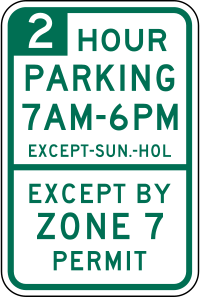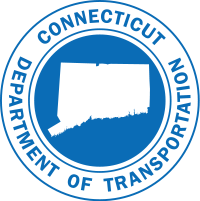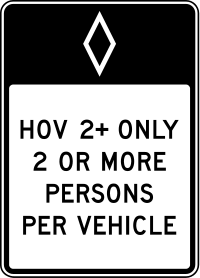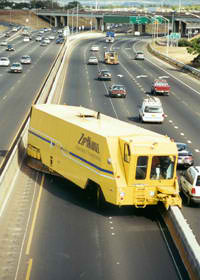 A major problem experienced by transportation planners wherever space is limited is parking. As transportation becomes easier and more and more people use their vehicles to get around, there has to be space to store these vehicles when not in use. The typical solution is to build a parking lot, however when space is limited this is rarely efficiency enough. A better choice is a conventional parking garage; however their efficiency is limited by the space that needs to be left for cars to make their way in and out. The solution to this issue has been the creation of automated parking systems (APS).
A major problem experienced by transportation planners wherever space is limited is parking. As transportation becomes easier and more and more people use their vehicles to get around, there has to be space to store these vehicles when not in use. The typical solution is to build a parking lot, however when space is limited this is rarely efficiency enough. A better choice is a conventional parking garage; however their efficiency is limited by the space that needs to be left for cars to make their way in and out. The solution to this issue has been the creation of automated parking systems (APS).
History
Automated parking was first constructed in 1905 in France, however the technology did not see significant usage until the 1970’s. These early systems were prone to mechanical failure and usually increased the amount of time required for drivers to park and retrieve their car. Japanese builders constructed some of the first and most successful systems during that time, as they worked to make the most of the small land area they had available. Interest in the US was limited until late in the 1990’s when the technology had developed enough to lower the likelihood of mechanical errors. In addition to being more space-efficient, these new systems also had a number of other benefits such as keeping the parked vehicles more secure, and protecting them from damage from careless drivers. One example of a modern automated parking system can be seen in Philadelphia, where designers have created an extremely efficient system to serve their parking needs.
While the concept still feels bizarre to me, I am sure that parking systems such as this will see more and more usage as development continues and land becomes more and more valuable, especially in congested cities such as New York.
Sources:
- http://en.wikipedia.org/wiki/Automated_Parking_System
Images:
- http://en.wikipedia.org/wiki/File:SDOT_R7-108P.svg


 One interesting method for reducing congestion on heavily travelled highways is the use of a High Occupancy Vehicle lane, or HOV lane. These lanes typically require a minimum of two or three occupants in the vehicle, which encourages carpooling and decreases the total load on the roadway.
One interesting method for reducing congestion on heavily travelled highways is the use of a High Occupancy Vehicle lane, or HOV lane. These lanes typically require a minimum of two or three occupants in the vehicle, which encourages carpooling and decreases the total load on the roadway.